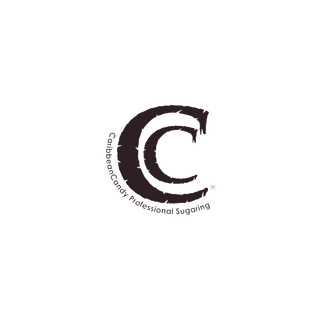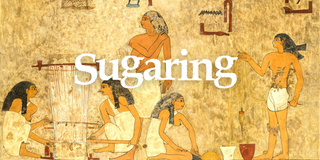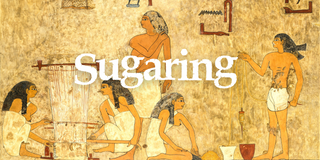The art of hair removal started in the ancient Egyptian era. During this time, it was common for both sexes to remove all their body hair apart from their eyebrows to allude to cleanliness and conform to the then-modern standard of beauty set by Cleopatra. Amongst the most popular methods to remove hair, the Egyptians used tweezers made from seashells, pumice stones, and even honey, which they’d apply and rip off with fabric in a way similar to that of today’s techniques. Copper razors, dating back to 3,000 B.C. were also found among the ruins in Egypt and Mesopotamia. Evidence has also been found that the women of Lebanon and Turkey used homemade pastes to remove most of their body hair.
What is Sugaring?
Sugaring is the oldest, most natural form of hair removal that has been passed down for centuries. Sugaring dates back to 1900 BC with the first sugaring compound being made from honey. In Egypt and the Middle East, Sugaring was called ‘Sukkar’, in Turkey, it was called “Agda” or “Harem”, and in Iran, it was called ‘Moum.’ Mesopotamian royalty required their women to be kept hair-free using sugar. Egyptian hieroglyphics describe girls that served the Pharaoh were expected to remove their body hair. Hair was considered to below class.
In the Turkish Empire, it was an important part of court life to remove body hair, and this tradition has been passed down through the generations in the Middle East. Today Middle Eastern women make their own sugaring paste which they either use cold or warm up to practice strip sugaring. Sugar paste is made from a combination of sugar, lemon juice, and water. It leaves the skin clean and soft, and hair grows back much finer
after each treatment. The results last 4-8 weeks and do not require high-heat wax, applicators, muslin strips, uncomfortable tweezing, or harsh chemicals.



